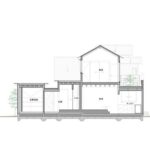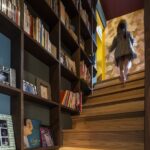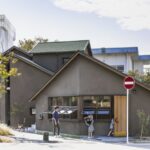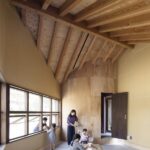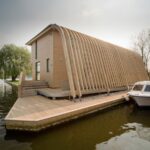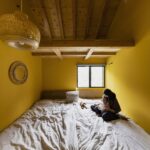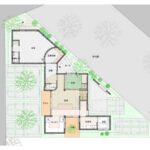Redefining Mixed-Use Architecture: Niko Design Studio’s Innovative Approach
Nestled in Shirakawa, Japan, Niko Design Studio has unveiled a groundbreaking mixed-use architecture project that challenges traditional design norms. This article delves into the intricacies of this architectural marvel, capturing its unique blend of residential and commercial spaces seamlessly integrated into the fabric of the community.
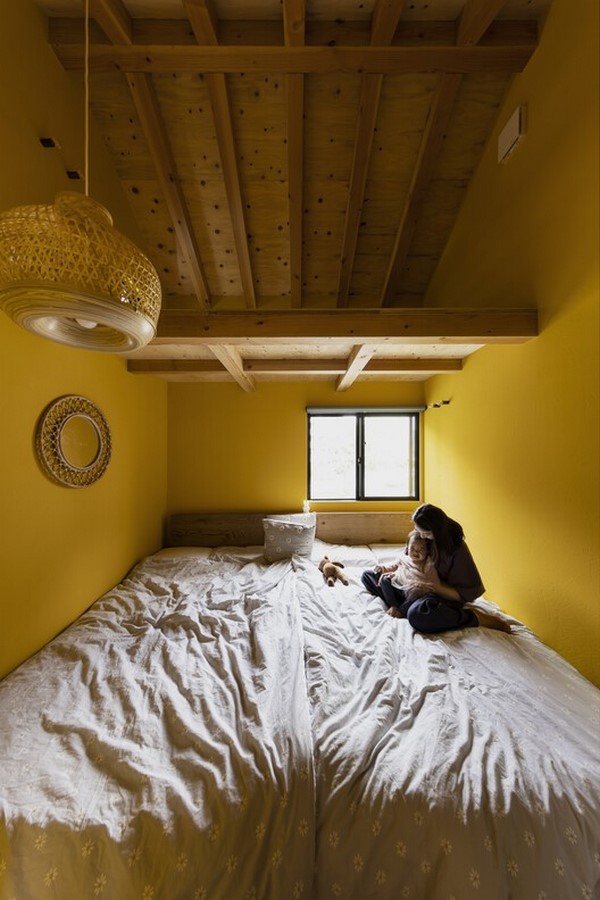
Architectural Vision
Situated on a triangular site flanked by a main street and a residential area, the challenge was to create a residence with a rental store space while maintaining privacy and aesthetic harmony. Niko Design Studio embarked on a journey of imagination, envisioning the building as a series of roofs dispersed throughout the structure, both large and small, housing various interior and exterior spaces.
Complex Roofscape
The innovative use of multiple roofs, each altering its appearance from different perspectives, adds complexity to the architecture. This deliberate design choice not only ensures privacy for the residents but also creates a welcoming presence for passersby and children in the neighborhood.
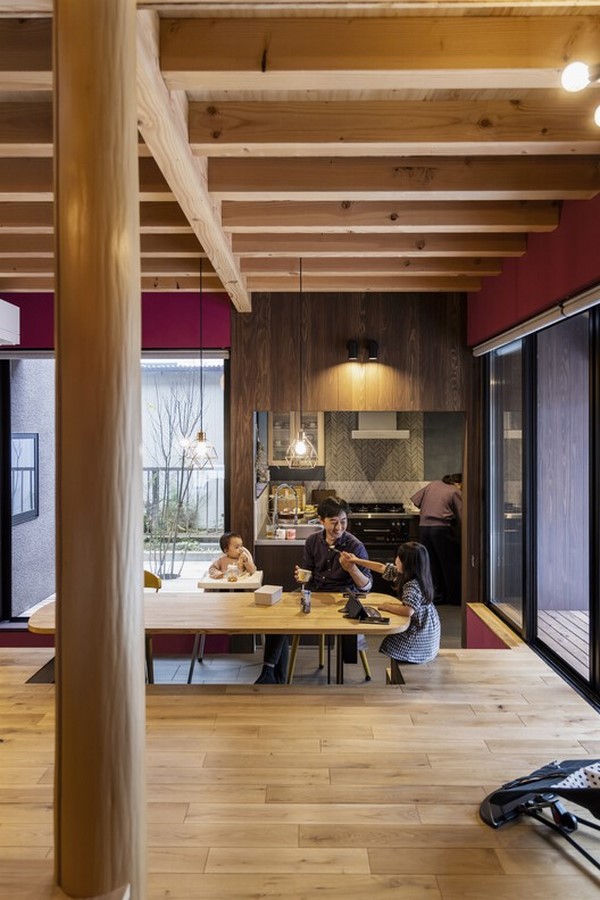
Adaptive Design in the Face of Change
In the midst of the COVID-19 pandemic, Niko Design Studio foresaw the need for flexibility in the building’s design. The project was conceptualized to accommodate future changes, envisioning scenarios where it could serve purposes beyond residential living, contributing to the city and society during times of social upheaval.
Contribution to Community
Beyond being a mere dwelling, the completed building aims to be a dynamic contributor to the town’s fabric and societal needs. Its adaptable nature reflects the personality of its inhabitants while symbolizing resilience and forward-thinking design principles.
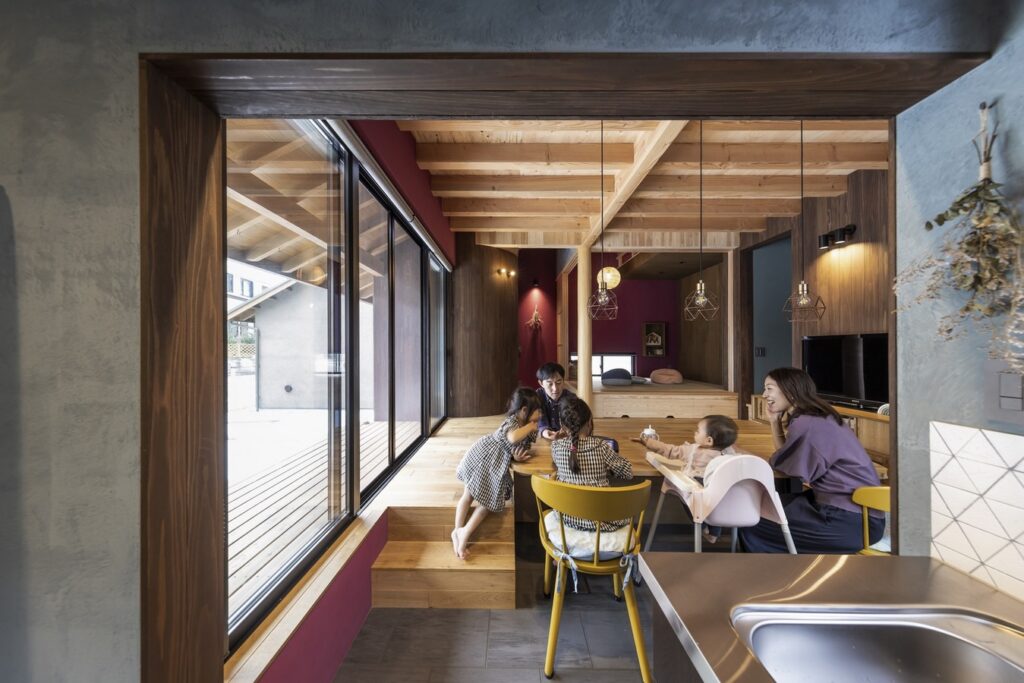
Conclusion
Niko Design Studio’s mixed-use architecture in Shirakawa redefines conventional notions of residential and commercial spaces. Through innovative design elements and a forward-looking approach, the project not only addresses immediate needs but also anticipates and adapts to the evolving demands of society. As the building stands as a testament to creativity and adaptability, it paves the way for future architectural endeavors that prioritize flexibility, community engagement, and harmonious coexistence.

